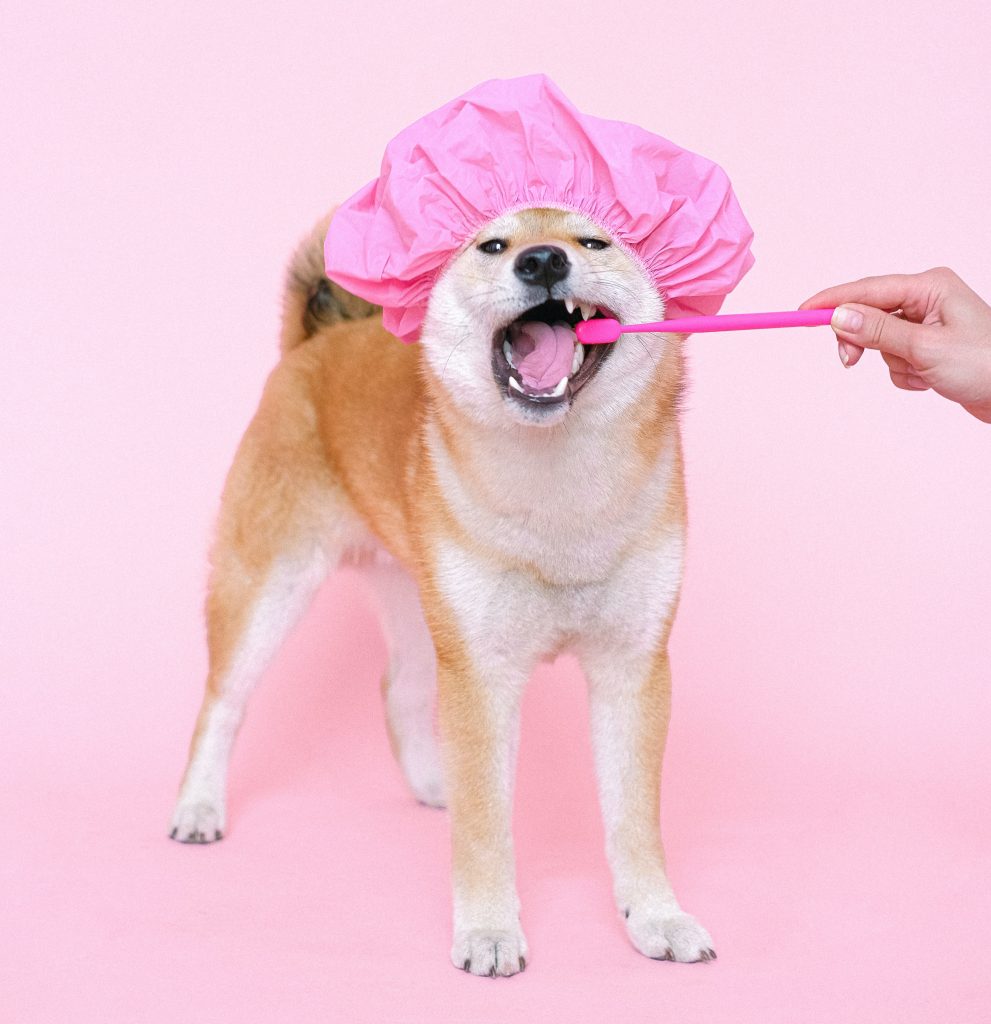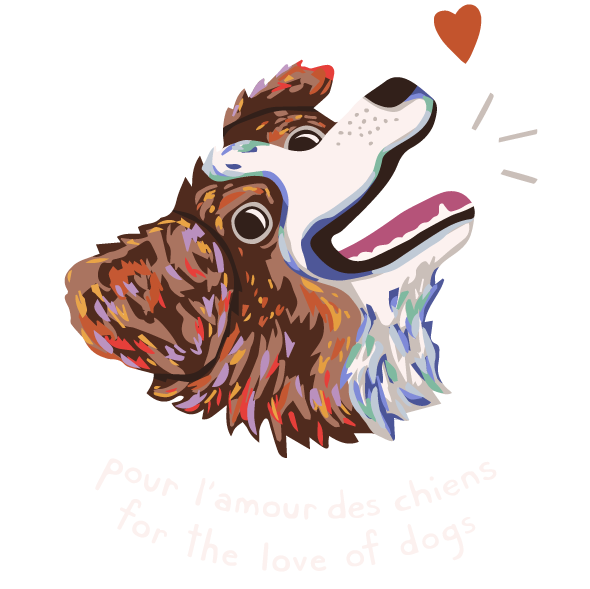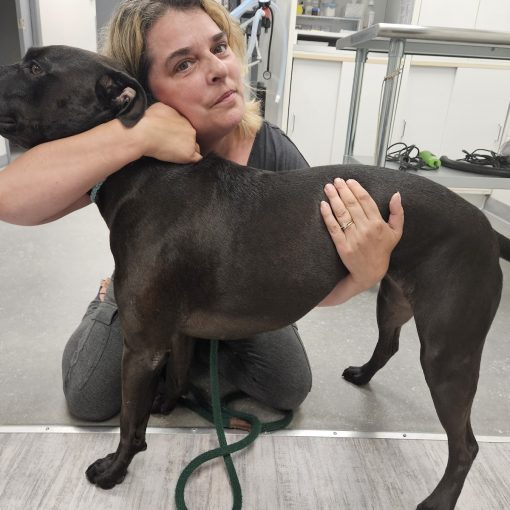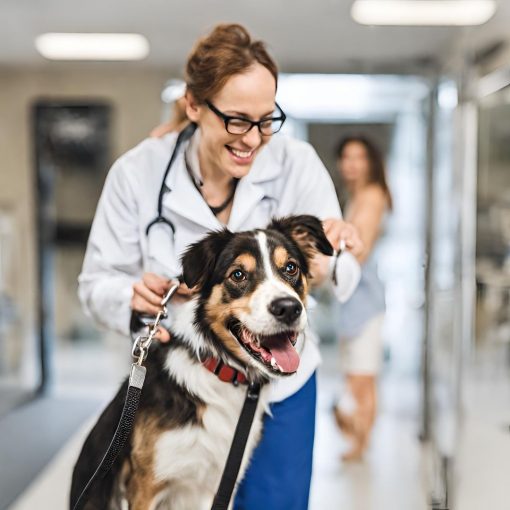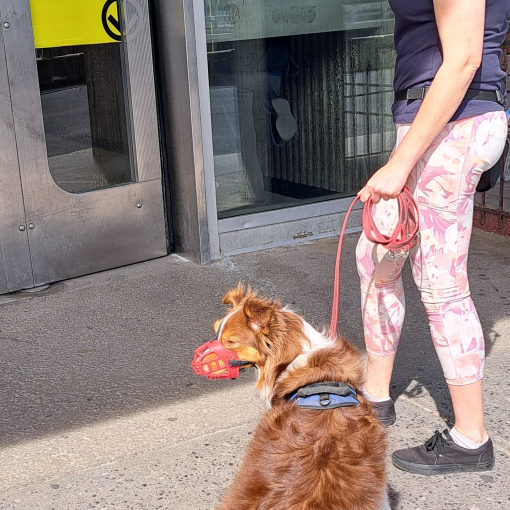Make brushing your dog’s teeth part of your daily routine!
Here’s why:
Keeping your dog's teeth clean is essential for their overall health and wellbeing. Poor dental hygiene can lead to a variety of canine diseases, such as periodontal disease, gingivitis, and tooth decay. These can affect your dog’s quality of life and ability to chew as early as 3 years old! According to Dr. K.J. Goldenberg, MV:
“Periodontal disease is the result of bacteria from the mouth getting below the gums and into the bones and supporting structures of the teeth: those bacteria cause pain and inflammation. On the surface you may see tartar: that hard cement of bacteria on the teeth, and gingivitis: swollen and bleeding teeth. Below the surface bone can dissolve away and abscesses can form. Eventually teeth get loose and can fall out.
All pets are at risk of periodontal disease. Brushing teeth daily and using other dental hygiene products like a dental food, treats, and water additives will help slow the progress, but most cats and dogs will start showing signs of periodontal disease as of the age of 3.”
Brushing your dog's teeth regularly is one of the best ways to prevent these dental diseases from occurring. Not only does it help keep their breath smelling fresh, but it also helps to prevent plaque buildup which can cause more serious issues if left untreated. Think of how much pain you can be in if you have problems with your teeth and you need to go to the dentist! Your dog could be experiencing this same level of sensitivity if issues go left untreated. One of the best way’s to prevent dental disease is daily brushing. Regular brushing can also help reduce the risk of infection and other oral health problems in dogs. By ensuring that your pup has healthy teeth and gums, you are helping them to live a longer and happier life.
Steps for how to brush your dog’s teeth:
- Choose your product! Dr. Goldenberg suggests: “any pet-safe toothpaste will do. Start with a flavour that your pet will enjoy so brushing is easier (emphasis added). I like to consult VOHC.org to see which brands have been through third party testing for safety and efficacy.”
- Choose a comfortable, safe and quiet time to start.
- If your dog has never had his teeth brushed, start by playing with his lips, mouth and teeth (as long as you deem this safe).
- Have your dog start by allowing him to taste the toothpaste.
- Introduce the tooth brush by simply letting them lick the toothpaste off the toothbrush. You can repeat this step for a few days, until when you go to get your dog’s toothbrush they look very happy to see you! and add toothpaste and start brushing.
- Now start to lift your dog’s lips and brush for just a second and then stop. This starting and stopping will help your dog gradually get used to the process. Repeat this light brushing for many days before expecting to brush the back teeth or to really add any kind of pressure.
- If you go away with one thing to remember, it’s BABY STEPS when introducing a new behaviour
- When signs of distress are shown, stop the activity. A bad experience can set you back but a good experience can set you up for success.
- The optimal amount to brush your dog’s teeth is everyday but do what you can! Sometimes is always better than never.
What are signs of distress and how do I know to stop because it's too much for my dog?
Sometimes dog’s can get accustomed to something they dislike and other times you are sensitizing them to a process, making it harder and harder to complete your training goal. If you see that each day you go back with the toothbrush, your dog is staying with you and letting you go in for a few seconds, then please build on this success.
However if your dog is: growling, lifting their lips as you approach, running and hiding, thrashing their body as you try to hold them, biting your hands or snapping in the air then you need to stop immediately and consult a professional. Please never corner your dog to brush their teeth if they are displaying these symptoms.
Remember your dog may also nibble on your hands to say, “hey there, that’s enough of that!”. That’s ok, what that means is that you needed to stop a few seconds earlier. It’s important to try and distinguish between, this is simply annoying to my dog vs my dog is actually panicking. If you are having trouble understanding that difference, please contact us!
If you are unable to brush your dog’s teeth, you will need to consider frequent check-ups which may involve more invasive dental procedures. Dr. Goldenerg explains that
“a dental cleaning needs to be done under general anesthesia. Firstly, the noise, vibration, and spreading water from the cleaning machine is scary for pets. If they move during a cleaning, their tooth enamel and gums can be damaged. And of course, the job is more complete when they are not moving and the veterinary staff can fully work and examine their mouth.
The price for a dental cleaning will also vary based on experience, the quality or type of equipment being used, and if things like dental X-rays are included. And of course if a pet already has periodontal disease requirement advanced treatment like tooth extractions, the surgery time and equipment needed will have a cost. A very basic cleaning may be 300-500$, an advanced cleaning can be up to 1000$, and dental work is often over 1000$ and can even be more than 2000$.” states Dr. Goldenberg. A good reason to be on top of things!
Though your vet tries their best to provide an estimate for their services, Dr. Goldenberg further states that “we often don’t know the full extent of periodontal disease until a pet is under anesthesia for a full exam and X-rays, so you could get a big range and generally want to discuss in advance what work and budget you’re comfortable with. Believe me, no vet wants to remove healthy teeth, so if they’re recommending it’s because there is serious pain and infection there.”
If you would like to know more about your pets dental health, your veterinarian can guide you or you can make an appointment with Dr. Goldenberg at royalvet.com
With Dr. K.J. Goldenberg, MV from clinic Royal Vet
